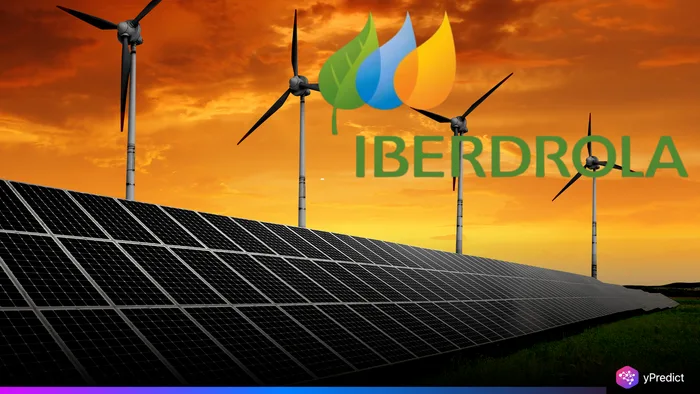
Iberdrola, a leading global clean energy company, has announced a capital increase of up to €5 billion. This move supports its international expansion strategy and strengthens its commitment to regulated electricity networks. As countries push for cleaner infrastructure, Iberdrola aims to lead by scaling its energy network investments.
The company plans to expand in key markets like the USA, Brazil, and Europe. It targets long-term growth rather than short-term returns, attracting investors who support sustainable strategies. This capital increase aligns with its vision to grow regulated assets and build future-ready infrastructure.
The Qatar Investment Authority will also take part in the offering. Iberdrola wants to use this funding to add scale, boost returns from regulated networks, and solidify its leadership in the global electricity sector.
Why Iberdrola Is Doubling Down on Power Networks
Iberdrola plans to invest heavily in infrastructure as global energy demand grows and grids face increasing pressure. The company aims to use the capital increase to expand regulated networks that offer steady, long-term revenue. It sees these networks as critical for deploying renewable energy across cities and rural areas.
The company has already committed €21.5 billion to network development in its recent investment plan. The new capital will speed up this rollout to support the energy transition. Iberdrola wants to integrate more renewables, cut energy losses, and boost grid resilience against extreme weather. This low-risk, high-impact strategy is attracting investor interest as global electrification and decarbonization gain momentum
Qatar Investment Authority’s Role in the Capital Increase
A major highlight of this capital increase is the participation of Qatar’s sovereign wealth fund, QIA. Iberdrola and QIA announced a deal that will see the fund inject €2.4 billion into the Spanish utility’s strategic network projects in the US. The partnership represents a growing trend of sovereign funds backing energy infrastructure that offers long-term stability and environmental benefits.
This alliance supports Iberdrola’s ongoing projects under Avangrid, its US subsidiary, where demand for grid expansion is robust. The company recently won several network development bids across states like New York and Maine, and this capital boost ensures it can meet regulatory commitments without delays. QIA’s involvement is not just about funding, it’s a signal to global markets that regulated power networks are now premium assets.
Global Expansion in Focus: Iberdrola Eyes the Americas and Europe
Iberdrola’s capital increase advances their global growth plan. In the Americas, the company plans upgrades and expansion of the networks in the US and Brazil. These are fast-growth regions where population centers are expanding, and governments are investing in grid resilience. Brazil offers a unique position as this country moves from a heavily hydro-based energy reliance to a more balanced renewable energy structure.
In Europe, Iberdrola is enhancing its grid footprint in Spain and the UK. Recent regulatory incentives across the EU to modernize infrastructure have created a fertile environment for utilities. Iberdrola’s increased capital base means it can act faster, pursue new concessions, and secure a larger share of upcoming infrastructure tenders.
How the Capital Increase Aligns With Iberdrola’s 2025 Vision
Iberdrola’s €5 billion capital increase will aid with Iberdrola’s 2025 strategic plan to increase power networks and renewable generation. Iberdrola anticipates that greater than 60% of its EBITDA will be sourced from networks by 2025. The capital increase allows Iberdrola to fast-track these strategies while also keeping a healthy balance sheet and dividend payments coming.
Most importantly, the capital increase also improves Iberdrola’s balance sheet and gives it the confidence and ability to undertake projects without taking on excess debt. This is a response to a broader trend where utilities utilize stable regulated earnings rather than the volatility of wholesale debt prices. This transition further suggests that as global energy systems shift, strategic alignment of the utility and the grid will become more essential for national energy security.





